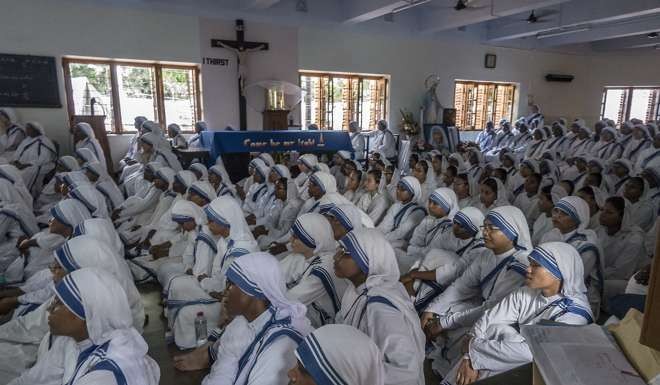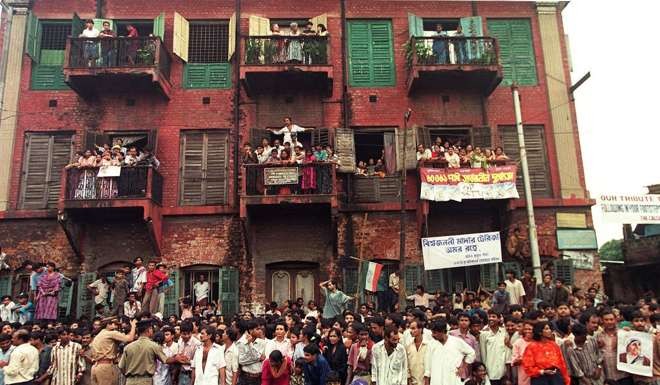
Hell’s angel? Saint Teresa of Calcutta just a holy woman doing God’s work
Kevin Rafferty says critics who call the nun an icon of evil against progress lose sight of her mission of charity to serve ‘the poorest of the poor’ and give them the chance to die with dignity
On Sunday, Agnes Gonxha Bojaxhiu, as she was born in Skopje, now capital of Macedonia, was declared Saint Teresa of Calcutta, bringing great joy throughout the Catholic Church and in Calcutta. But the declaration was widely attacked by feminists, leftists, liberals and free thinkers, many of whom regard her as an icon of evil against modern progress.
Polemicist Christopher Hitchens claimed Teresa was “a fanatic, a fundamentalist and a fraud”. Hitchens and Tariq Ali produced a British TV documentary damning her, titled Hell’s Angel. Hitchens wrote a slim book against her, crudely titled The Missionary Position. Mother Teresa promised, “I will pray for him.”
How Mother Teresa rose above criticism to sainthood
I spent a full Christmas morning with her in 1972 unable to get her to sit down or to answer a single question while she press-ganged me and others, who had just stopped by to wish her a “Happy Christmas”, to lug cauldrons of hot soup to the lines of poor waiting to eat and then to serve them.
Later I saw her with orphan children, and with the dying in the hospice in one of Calcutta’s poorest areas. The home for the dying was in the middle of teeming mean streets of dirt and decay. People were lying or sitting on cots, most terminally frail, but all receiving the care in death that they had never received in life. “I want to give the gift of love to these people,” said Mother Teresa, “that they will not go out of the world unloved.” I saw no sign of attempts by the nuns to make deathbed Christians of them, as some Hindu nationalists claimed. Indeed, I saw icons of other religions beside the beds.

Why the heavenly status of Mother Teresa lies in her work on earth
Teresa had a comfortable life at the Congregation of Our Lady of Loreto that educated the girls of Calcutta’s well-heeled families. Yet, in August 1948, she turned her back on the convent and ventured out “to serve the poorest of the poor, and live with them and like them”, as she promised to God.
She ordered simplicity in all things. Nuns wear a plain cotton sari, like poor Indian women, and basic sandals as footwear. She rented her first room in a slum, where summer temperatures rose to 45 degrees with 95 per cent humidity. Within a day, she was teaching five slum children, and in three months she had 41 children in her school. Teresa had faith that, whatever happened, God would provide. For her, he did. It was not a god of magic working wonders: it was Teresa extracting, cajoling, shaming drops of goodness from anyone she encountered.
Claims by Hitchens and others that she aided and abetted dictators and crooks are nonsense. She accepted money from the great, the good and the dubious alike, as evidence that God had touched their hearts.

Mother Teresa’s legacy in Calcutta under cloud as she is elevated to sainthood
Others complained that Mother Teresa could have created more modern homes, hospices, hospitals and schools with the money she received. They miss the point: her mission was to offer a helping hand to the poorest and deprived people. She offered an injection of love, a tough love to put people on their feet or to die with dignity.
A more pertinent criticism is she was so engaged in conversation with her God that she did not take time to talk or understand the people she was caring for or the changing world around. Her love lacked human warmth.

These are not the thoughts of a Hell’s angel, but of a holy woman struggling to do her best for her fellow humans and for God.
Kevin Rafferty was editor of The Universe, then the world’s biggest-selling Catholic newspaper in English

